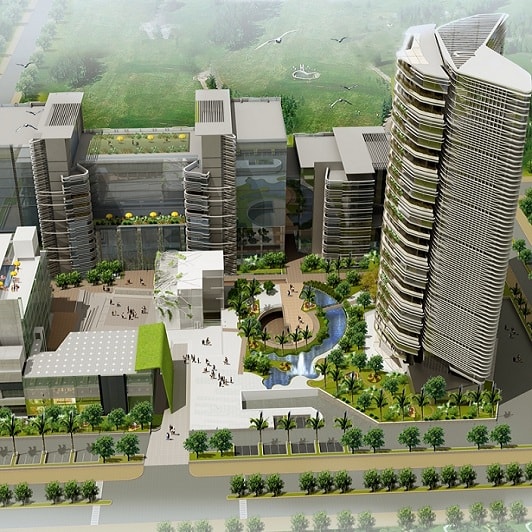
BAMBOO RESEARCH AND TRAINING INSTITUTE, CHANDRAPUR
The Bamboo Research and Training Centre located in Chandrapur, a tribal area in Maharashtra is conceived as one of Asia’s largest training centre built in (locally available) Bamboo. (An initiative of Tata Trusts and Government of Maharashtra province in India.) Clients recognized the importance of creating livelihoods with indigenous technologies and therefore worked out the project for a Bamboo Training and Research Centre at Chichpalli, Chandrapur, interior Maharashtra, and a tribal area.
The tribal people here depend upon non-timber forest produce for livelihoods. This is best provided by training and research into converting indigenous and abundant bamboo into useful products. It was fitting that such a training centre be designed and built in local structural bamboo, which the design team has done.
India needs to create new opportunities for high quality job creation with economic growth while working within global environmental limits. The idea that this can only be accomplished with creation of sustainable livelihoods is not new but the provincial government is finally putting this idea into practice by promoting a training and research centre that will produce about 1,000 alumni annually trained in bamboo structures, furniture, small products, crafts, and related technologies.
The centre shall provide such training at a minimal investment and sequester about 8400 Tons of carbon (in terms of avoided conventional construction and sequestered by bamboo structure).
The project creates an opportunity for disenfranchised tribal communities of central India, an area with a bamboo-based culture going back to ancient times, to transfer their skills from traditional slash-and-burn agriculture and harvesting non-timber forest produce to crafts and manufacture. It is important that this work is being proposed by using a local material like bamboo and skills that can be retrained from traditional ones to come up to date in modern workshop-like settings. Indigenous people need to work with technology that they can identify with and own.
It would be a missed opportunity to house such a centre in a concrete and brick building which is the mainstream in construction today. The campus is designed using materials that are low in embodied energy and easily available on site. Excavated soil was used extensively to create rammed earth walls while Bamboo has been used as the primary structural element for columns, roof, and beams. Identifying appropriate species, engineering of joints and treatment were some of the key aspects of the design that were mastered through research, trials and exploration.





More Projects


